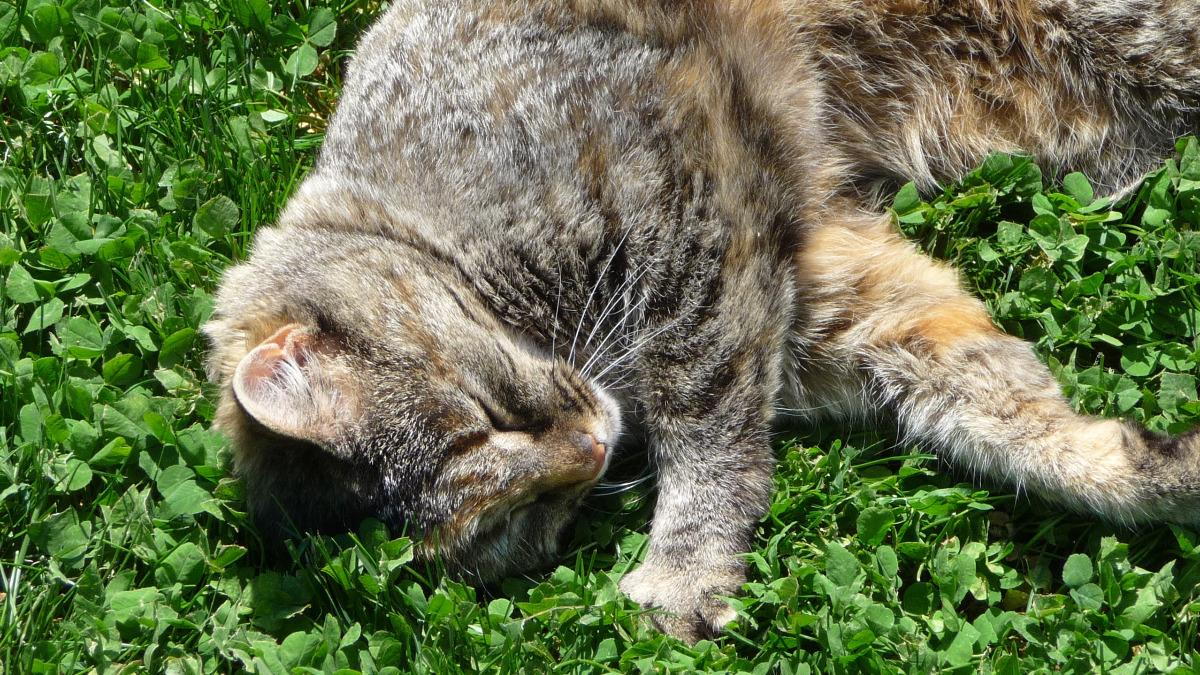Why Do Cats Like Catnip?

- posted: Oct. 28, 2023
Why Do Cats Like Catnip?
Many cats go wild over catnip, but others seem indifferent to this herb that is part of the mint family. What is it about the ‘nip that drives some cats wild and, is it safe, and are there any other plants that have a similar effect on our feline friends?
As mentioned, catnip is an herb in the same family as mint. Most cats have a happy or euphoric response to a compound called nepetalactone that actually mimics cat sex hormones! Some cats become really chill and relaxed after rubbing, rolling in or eating catnip; others are excited and hyperactive racing around and maybe even drooling or growling. However, about a third of all housecats lack the genes that allow nepetalactone to act on the pleasure receptors in the brain and, therefore, have little to no response to catnip. In addition, kittens under the age of 6 months do not typically show any response to catnip but may love the plant once they are over 6 months old if they inherited the trait.
Catnip is definitely safe for cats to smell and to eat and can provide enrichment and stimulation. If your cat is not crazy about catnip, there are a few other plants that may provide a similar response. Silver vine seems to garner the highest response with about 80% of cats feeling the effects of “Japanese catnip” which contains two compounds that stimulate those happy neurons.
Tartarian honeysuckle is a woody plant that is enticing to about 50% of cats and causes a response similar to that of catnip with rolling, rubbing and drooling as well as affectionate behavior. Valerian root also causes a similar response in cats and can relieve stress and anxiety. A little less than half of all cats respond to valerian.
The effects of catnip typically last about ten minutes, and, while rare, too much catnip could cause dizziness and vomiting or diarrhea in some sensitive felines. Limit to one session per day or less. Fresh, dried, sprays or toys containing catnip are all good choices. Silver vine and Tartarian are usually woody sticks though other forms may be available and valerian root is usually dried but the fresh plant can also be used.
Catnip can have varying effects on cats with the genetic trait that causes a response to the active compound and catnip as well as alternative herbs can be a fun and way to provide stimulation and enrichment to cats, but don’t overdo it.
This blog brought to you by the Patton Veterinary Hospital serving Red Lion, York and the surrounding communities.
Frosek, Rose. “On the ‘Nip.” Modern Cat, Volume 12, no. 2, Fall/Winter 2023, pp 32-33.
Location
Patton Veterinary Hospital
425 E Broadway
Red Lion, PA 17356
